Safety and hygiene in public sanitary facilities.
Safety and hygiene in the bathroom are crucial aspects to consider when equipping public places such as hospitals or companies. Sanitary facilities are particularly vulnerable to the spread of bacteria and viruses, which is why ensuring a high level of hygiene is essential for the health and safety of users.

What is Hygiene and Safety in the Toilet?
Hygiene and safety in the toilet are crucial aspects that ensure the protection of health and well-being of users of sanitary facilities. This includes maintaining cleanliness and sterility of surfaces, as well as ensuring safe use of sanitary devices. In practice, this means regular cleaning and disinfection, using hygienic devices such as touchless soap dispensers and hand dryers, and promoting proper hygiene practices among users. These actions are necessary to prevent the spread of bacteria and viruses, especially in public places.
How to Maintain Safety and Hygiene in the Toilet?
Safety and hygiene in the toilet is not only a matter of proper equipment, but also regular maintenance and cleaning. Sanitary rooms should be regularly disinfected, which includes cleaning toilets, sinks, door handles, and other frequently touched surfaces. It is also extremely important to regularly replenish soap and toilet paper to provide users with necessary means for maintaining hygiene. It is also worth installing disinfectant dispensers at the entrances and exits of toilets to facilitate easy hand disinfection. Additionally, proper ventilation of sanitary rooms plays a crucial role in maintaining fresh air and preventing the spread of bacteria.
Education and User Awareness
Safety and hygiene are not only the responsibility of facility managers, but also of the users themselves. It is important to educate people about proper use of public toilets and the importance of hand hygiene. Informational posters or instructions can greatly contribute to raising awareness in this area. Encourage washing hands for at least 20 seconds and using hand sanitizers. It is also important to remind people to avoid touching their face, especially their mouth, nose, and eyes, after using the toilet, and to use paper towels to close faucets and open doors to minimize contact with potentially contaminated surfaces. Awareness and responsible behavior are just as important as physical measures to maintain a high level of hygiene in public toilets.
Read the article on how to properly wash your hands!

Key Products for Safety and Hygiene
-
Touchless Soap Dispensers: Touchless dispensers are a basic element ensuring safety and hygiene in the toilet. They allow for hand washing without touching surfaces, which significantly reduces the risk of spreading germs.
-
Automatic Hand Dryers: Traditional paper towels can be a breeding ground for bacteria, which is why more and more public places are opting for the installation of automatic hand dryers. They are hygienic and efficient, and also reduce waste.
-
Touchless Waste Bins: Bins opened by hand motion or proximity sensors are another step towards ensuring hygiene. They minimize contact with the surface of the bin, preventing the spread of germs.


















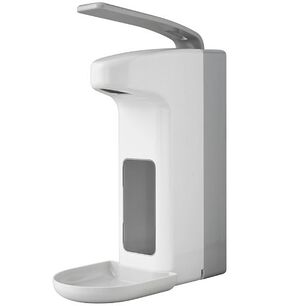

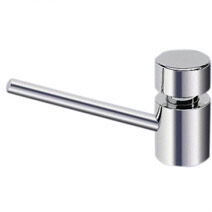
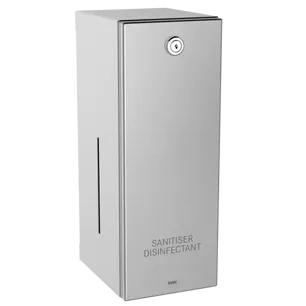



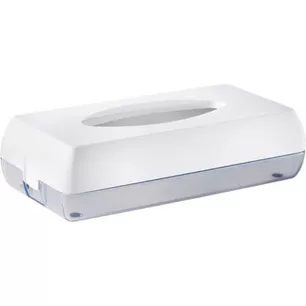


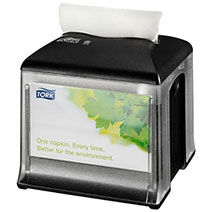

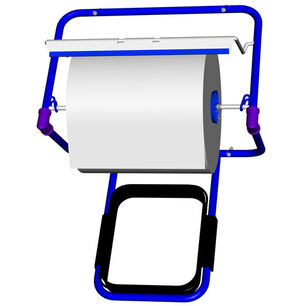
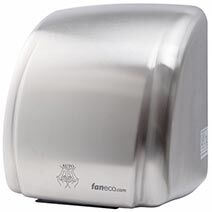
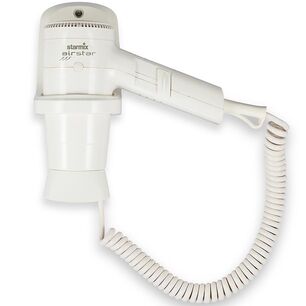
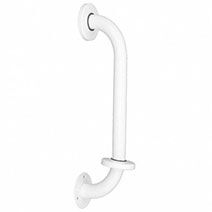









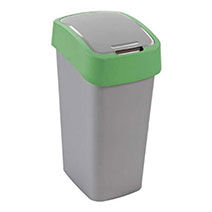
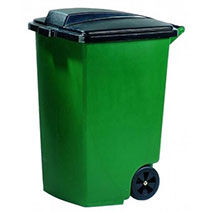


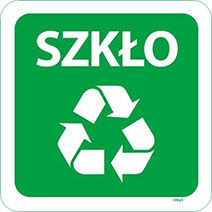

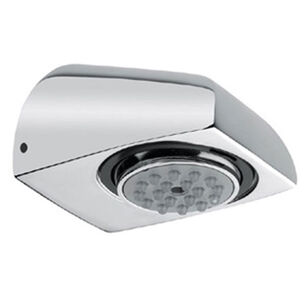
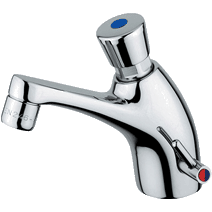
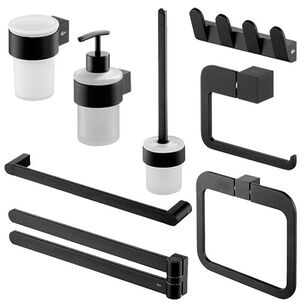

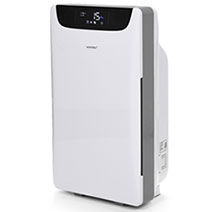




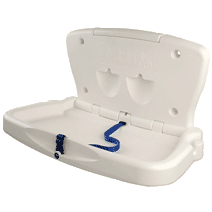
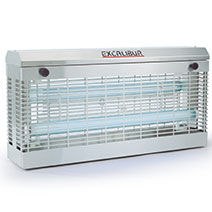

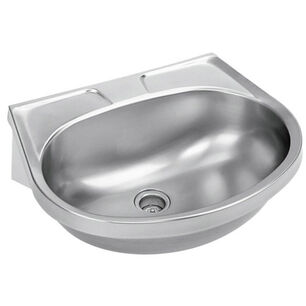


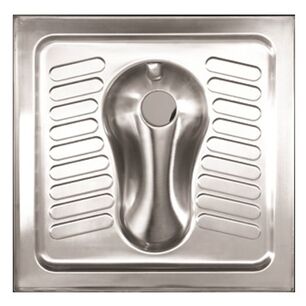

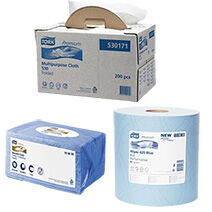




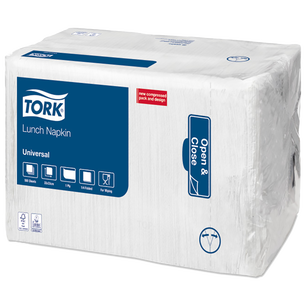




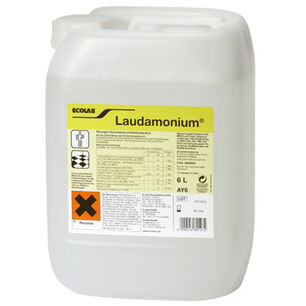

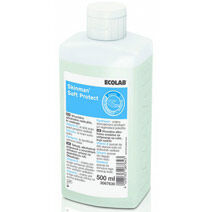
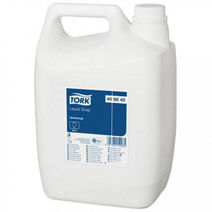


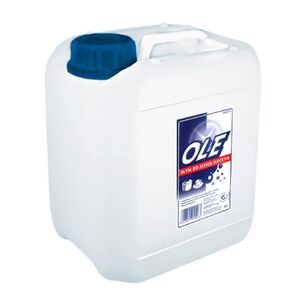

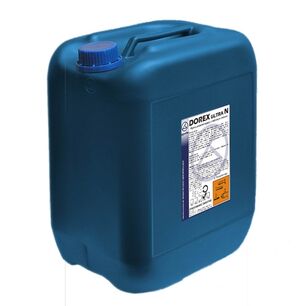

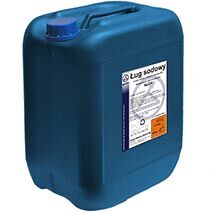

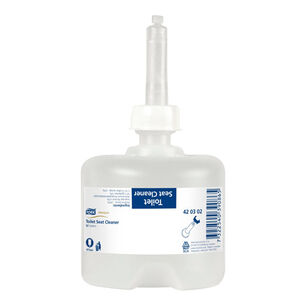





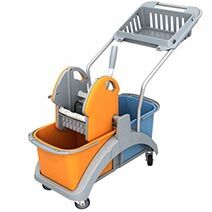


 Polski
Polski
 Czech
Czech
 German
German
 Spanish
Spanish
 Slovak
Slovak